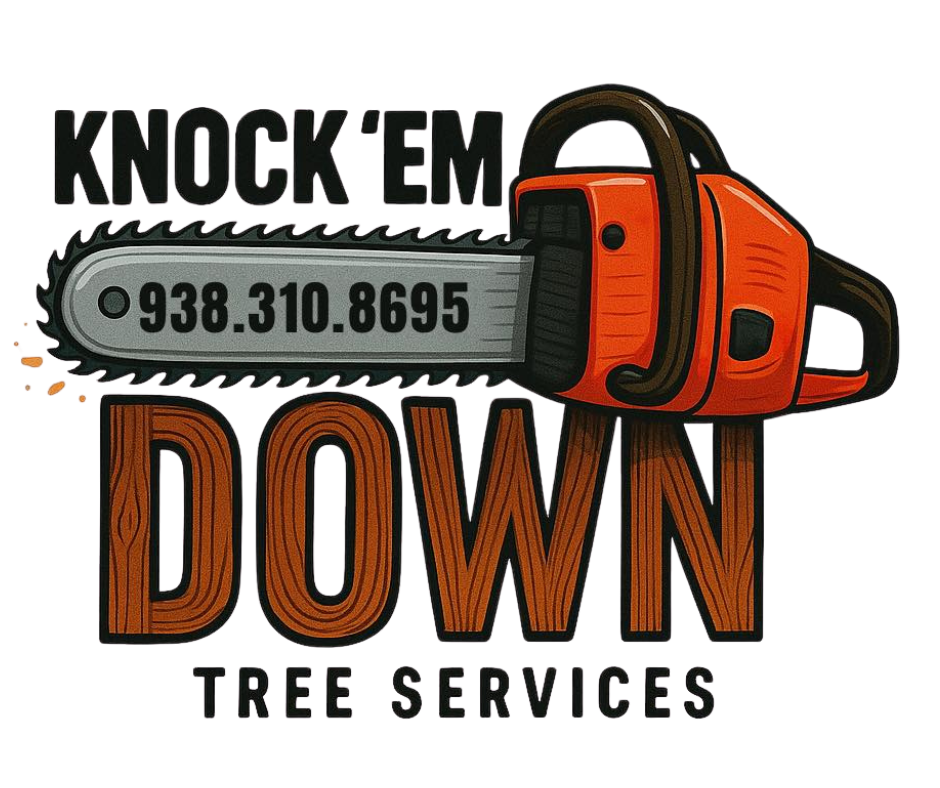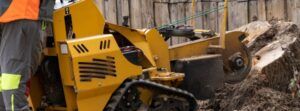Think your trees are harmless? Think again.
While they add beauty and shade, tree roots can quietly wreak havoc beneath the surface—cracking driveways, shifting fences, and even compromising your foundation.
Whether you’re a homeowner, landlord, or property investor, understanding how tree roots impact your property (and what to do about it) is key to preventing costly repairs.
Let’s break down the risks, warning signs, and smart solutions.
⚠️ How Tree Roots Damage Structures (And Why It’s Easy to Miss)
Tree roots are incredibly persistent. As they grow, they naturally seek out moisture—and unfortunately, the areas under sidewalks, driveways, patios, and foundations often provide just that. Over time, even slow-growing roots can:
- Lift and crack concrete
- Warp or shift fencing
- Penetrate foundation walls or plumbing lines
- Cause uneven surfaces or tripping hazards
What makes it worse? These problems usually start below the surface, making them easy to ignore—until major damage occurs.
🔍 5 Warning Signs That Roots Are Becoming a Problem
1. Cracks in Concrete or Asphalt
Notice cracks forming in your driveway, walkway, or patio? If they’re near trees, roots could be pushing from underneath.
2. Buckled or Uneven Surfaces
Raised slabs or uneven concrete often mean roots are growing upward in search of space and moisture.
3. Fence Posts Leaning or Shifting
Tree roots can push against fence posts or cause the surrounding soil to shift, making your fence unstable or unsightly.
4. Clogged or Broken Plumbing Lines
Roots can infiltrate underground pipes through tiny cracks—especially older clay or PVC lines—and block or burst them.
5. Visible Roots Near Structures
If roots are already breaking the surface near your home, fence, or driveway, they’re likely causing underground stress.
🏚️ Why You Shouldn’t Ignore Root-Related Damage
Putting off root issues might seem like a money-saving move, but it can cost you far more in the long run:
- Driveway repairs can run $2,000–$6,000+
- Fence replacements start at $1,500 and climb fast
- Foundation damage often exceeds $10,000 to fix
- Insurance may not cover preventable root damage
💡 Bottom Line: Acting early can save you thousands.
What You Can Do About It
You don’t need to remove the entire tree (unless it’s necessary)—but you do need a strategy. Here’s how:
✔️ 1. Get a Root Assessment
A professional tree service can check if roots are too close to structures and recommend solutions.
✔️ 2. Install Root Barriers
Root barriers redirect growth and prevent future damage—ideal for trees you want to keep.
✔️ 3. Remove Problem Trees (If Needed)
Sometimes, root intrusion is too advanced. Removing the tree and stump can stop further damage.
✔️ 4. Consider Stump Grinding After Removal
Leftover roots can continue to grow or rot, attracting pests. Stump grinding gets rid of the entire underground issue.
Local Tip for Madison County
In Huntsville and surrounding areas clay-rich soil and high rainfall can make root expansion worse—especially for species like silver maples, willows, and elms. Regular inspections are a smart move if you’ve got these near structures.
Final Thoughts: Don’t Let Roots Cost You Thousands
Trees can be an asset—or a hidden liability. If you’ve noticed cracking concrete, shifting fences, or surface damage near trees, now is the time to act.
At Knock Em Down Tree Service, we offer free property walk-throughs and honest advice. No pushy upsells—just smart solutions.
📞 Schedule a free root risk check today and protect what you’ve built.





